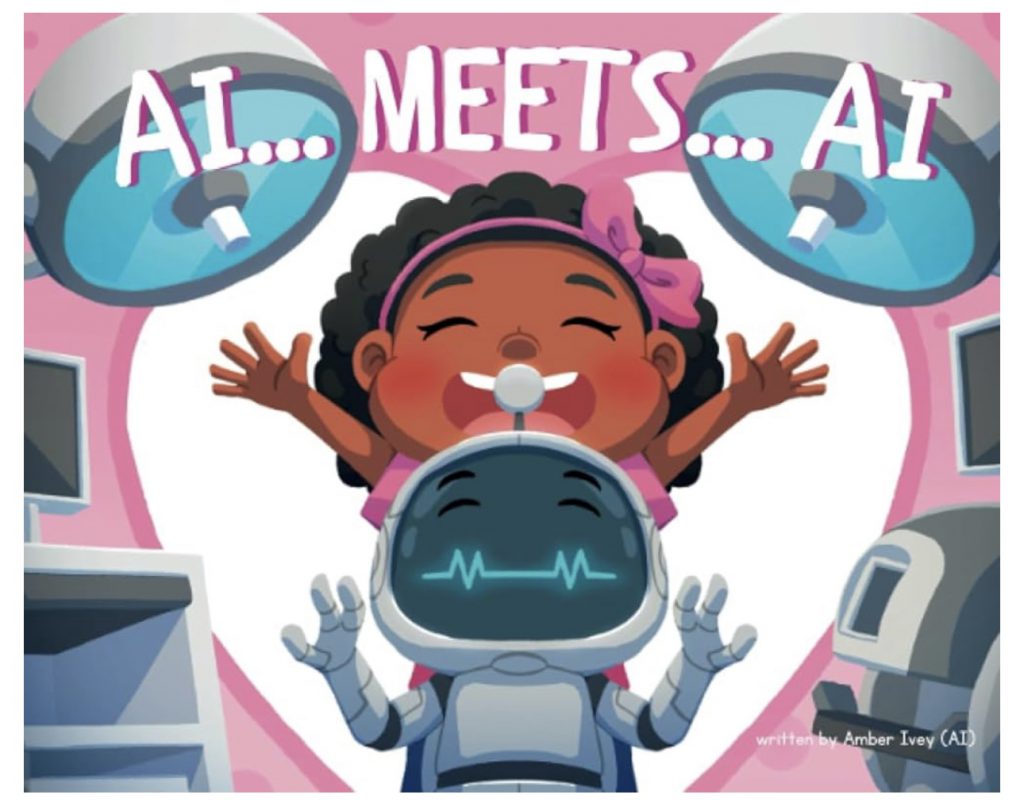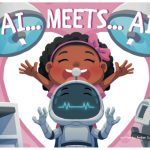
Q: First tell us something about yourself.
A: I’m Amber Ivey, a Baltimore-based professional deeply immersed in the intersection of data, technology, public policy, and law. As the Vice President of Impact Advisory at Social Finance, my role involves crafting strategies and solutions that leverage data and policy for social good. My career has been a journey through various facets of data, technology, public policy and law, always with a focus on how government can work better for the people it serves. I’m passionate about making complex topics in these areas accessible and engaging to a wider audience, believing that informed individuals can make a significant difference in our society.
Q: How and when did your journey start as a writer?
A: My journey as a writer began as an extension of my professional work and personal mission. I realized early on that there was a gap in public understanding around key concepts in data, tech, policy, and law. These are areas that profoundly affect our lives yet often remain misunderstood or inaccessible due to their complexity. Writing, for me, became a medium to bridge this gap. I started by podcasting and writing articles or case studies that aimed to demystify these subjects. My focus has always been on making these concepts relatable and understandable, thereby empowering people to engage with these critical aspects of our society meaningfully.
Q: When did you write your first story? Is it published or not?
A: My first foray into storytelling was with “AI… Meets… AI,” a children’s fiction book that marks my debut as an author. This book, published in June 2023, was a significant milestone in my journey. It’s more than just a story; it’s an educational tool that introduces young minds to the world of AI in a manner that’s engaging and relatable. The decision to write a children’s book came from my belief that foundational concepts in technology and AI should be introduced early in one’s education, in a way that sparks interest and curiosity. Kids are already interacting with aspects of AI either through home device, apps, or video games and I wanted them to see themselves as creators and not just users of these tools.
Q: Tell us something more about your books?
A: “AI… Meets… AI” is the first book in the AiDigiTales series, a collection aimed at explaining AI and its implications to children from pre-kindergarten to middle grade. Set in Baltimore, it features Addy Iris, who embarks on adventures with a learning AI entity named Jaz. The narrative weaves everyday experiences with themes of AI, human emotions and responsibility, making these complex topics accessible and enjoyable for young readers. The series is designed not just to educate but also to inspire, showcasing technology as a realm full of possibilities and open to everyone, regardless of background.
Q: How did these stories and characters come to your mind?
A: The inspiration for the characters in my book came from the littlest people in my life: my nieces and my newly born nephew. Observing their inquisitive nature and limitless imagination, I wanted to create characters that mirrored their vibrant spirit and unique identities. I envisioned a world where they, and children like them, could see themselves as protagonists in stories about technology and innovation. This was my way of contributing to changing the narrative around who can be a leader in the tech world, making it more inclusive and representative of the diversity we see in real life.
Q: Do you want to leave any message for your readers?
A: My message to readers, particularly the young ones, is to recognize the boundless potential within themselves. The world of technology is vast and continuously evolving, and it needs diverse perspectives to grow in a way that benefits everyone. Through my book, I hope to inspire children to see no limits to their dreams and aspirations, especially in fields like AI and technology. I want them to understand that their background, economic status, location, race, or gender should never be a barrier to their ambitions. Instead, these are the very traits that make their contributions unique and valuable in shaping the future of technology.





